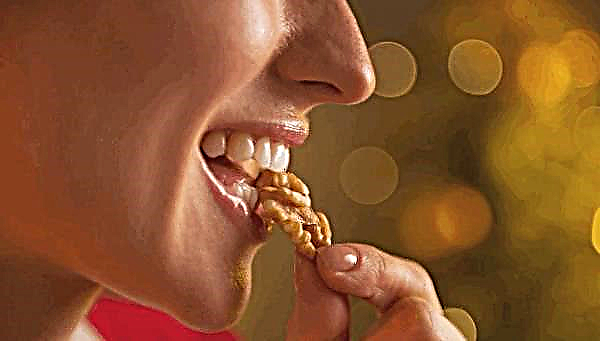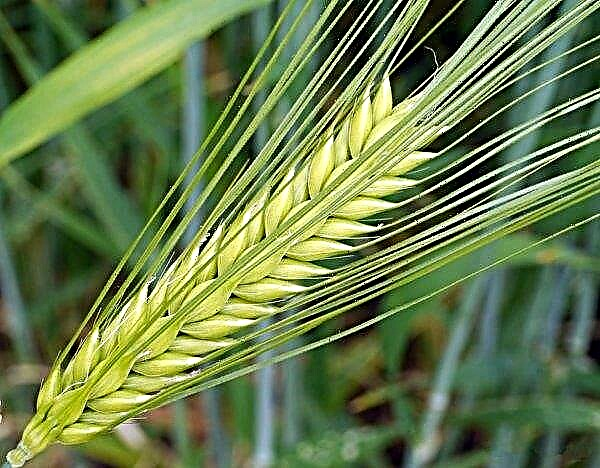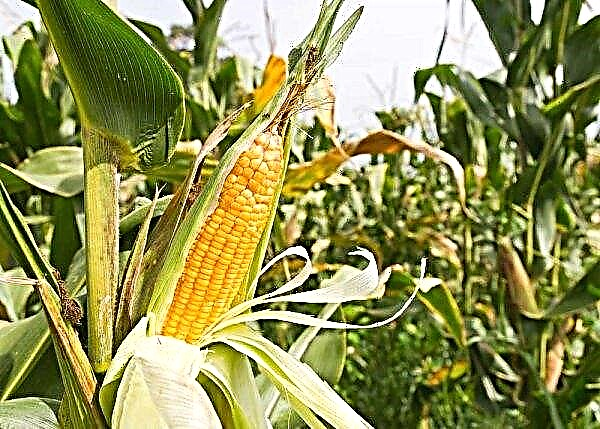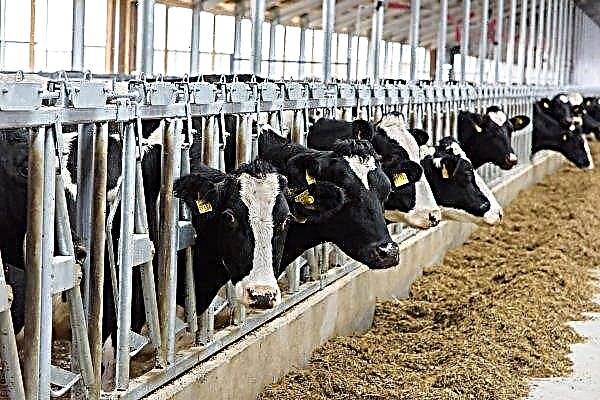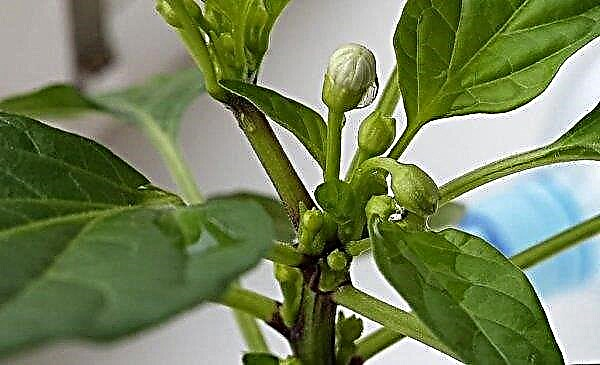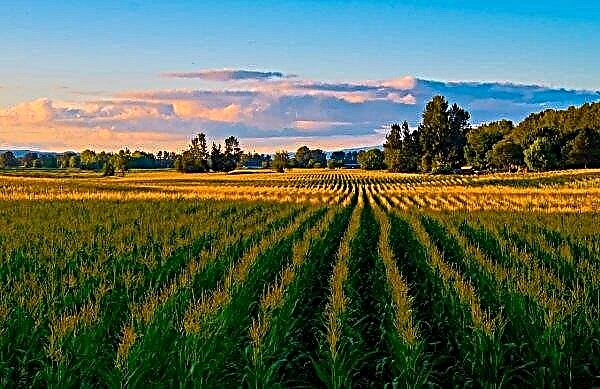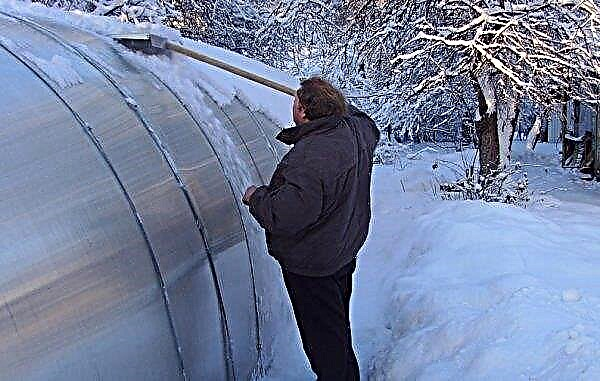It is impossible to ferment cabbage correctly without salt, because it is thanks to it that the vegetable secretes juice and favorable conditions for the formation of sour-milk bacteria arise in the bank. In addition, it improves the taste of pickles. In this material, we will consider what salt is better to choose for the fermentation of cabbage, as well as get acquainted with the basic rules of this process.
Chemical composition
Sauerkraut is enriched with vitamin C by 34% and potassium by 12%. Vitamin C, in turn, improves the body’s immune system and helps iron to be better absorbed. Potassium normalizes pressure, favorably affects the nervous system.
This product also has a large amount of lactic acid, which helps to establish the intestines, improving its microflora, eliminating dysbiosis and cleansing the stomach of putrefactive environment.
100 g of sauerkraut contains only 28 kcal. As part of this amount of product, there are 0.1 g of fat and 4.7 g of carbohydrates. Cabbage pickles contain proteins, starch, monosaccharides, disaccharides, organic acids and ash.
This pickled vegetable can enrich the body with calcium, magnesium, sodium, phosphorus, sulfur, zinc, iodine and copper and boasts a significant content of manganese, cobalt and fluorine.
What salt is better to choose for salting cabbage
Most often, 1 kg of vegetable requires about 1 tbsp. l salt, but if you are not going to make a pickle, then you need to take more spices. To prepare cabbage for the winter, you need to correctly determine what salt to salt it. There are types that are categorically not suitable for the preparation of this dish.
Did you know? In the Middle Ages, salt was of particular value, and sometimes even used as a currency. And in the XIII century, Chinese coins and the German Geller were produced from it.
By sight
In accordance with state regulations, all salt presented on store shelves is divided into several types. They are determined depending on the production method, processing method, quality and particle size distribution.
Food
The best option for harvesting cabbage is to season it with table salt without additives. Sometimes it can be determined by the inscription on the packaging “pickling” and the blue color of the pack.
Such seasoning requires no more than 25 g per 1 kg of vegetable. If you overdo it with the addition of this preservative, the fermentation will take place very slowly, and the product itself will significantly change the taste.
But you should not neglect this flavoring, as this can lead to moldy pickles, and the product itself will be very soft.
Marine
Regular salt, although it is well suited for pickling cabbage, but it is only a preservative. To add more healthy minerals to the dish, it is better to use sea salt. It includes more than 40 micro and macro elements, which allows you to save the crisp taste of the vegetable. In addition, the product is not oxidized, because sea salt does not contain a large amount of sediment.
On the shelves of stores presented a huge selection of sea salt of different grinding. This does not affect its quality and properties, so you can safely buy any of these options.Important! It is sea salt that contains natural iodine, which does not provoke the loss of the natural taste of cabbage. In addition, it allows the vegetable to be salted evenly.

Iodized
Among the abundance of products on the shelves you can find iodized salt. Artificial iodine is added to its composition. But such a product is not recommended for the preparation of sauerkraut, since iodine prevents the development of lactic acid bacteria, and they are necessary so that the product has a pleasant sour taste, as well as crunched.
If this particular preservative is added to the cabbage, then the normal fermentation process will not occur and the product may be irreparably damaged. Rot and mold may appear in the pickle, and the dish will become bitter and soft, smell bad and deteriorate quickly.
By grinding
Depending on the grinding and the method of extraction of raw materials, the mineral is divided into 2 categories: large and small. The quality of future pickles depends on the correctly made decision about which salt to take, so it is important to carefully understand the characteristics of each of them.
Large (stone)
This variety is the most common and popular. Deposits of this mineral are located around the world. It is usually mined underground, at a depth of up to 1000 m.
Huge blocks are crushed by special combines, after which crystals of different sizes are obtained. The largest are used for production purposes. But smaller crystals are used as a food supplement.
This salt has the least amount of impurities and dirt, there is practically no moisture in it, moreover, it consists almost entirely of sodium chloride, which is the reason for its rich and pronounced taste. It is it that is best used for making sauerkraut.
Small (Extra)
Extra salt is made from rock salt, but in this case it is strongly bleached with aluminum hydroxide and potassium ferrocyanide. These elements prevent caking of crystals and the formation of lumps.
This element is usually found in premium salt, so it is best not to use it for starter culture. After all, when interacting with water, it can produce poisonous gas. But when reacting with lactic acid, which is produced as a result of the fermentation of cabbage, ferrocyanide forms toxic hydrogen cyanide.Important! It is potassium ferrocyanide, which is usually noted in the composition as E-536, is prohibited in many countries of the world, because it contains cyanide compounds.
Experts do not recommend using a similar product for the fermentation of cabbage.
Basic salting rules
There are several simple rules for salting cabbage at home, observing which, you can correctly prepare a high-quality product:
- For salting, you need to choose the whitest head of cabbage from the late varieties of cabbage, then the pickle will be as crispy as possible.
- The head should be firm and crispy, with no signs of frostbite.
- For harvesting cabbage, it is best to use a wooden or glass container. You can take enameled containers, but in this case it is important that there is no damage on the coating. The use of stainless steel containers and plastic utensils is not recommended.
- Salt must be taken only stone or sea. In other cases, salt can harm the quality of the dish.
- The vegetable must be finely chopped, but not very thin, as the product will turn out soft. The stalk can also be finely chopped and added to the workpiece. This can only be done if you are sure that the head of cabbage has not accumulated nitrates in itself.
- To pickle you need to add carrots. At the same time, you can put it in large quantities, since this root crop will only add flavor and crunch to the dish.
- Beets can be added to cabbage, then the pickle will have an unusual saturated color.
- Sometimes spices are added to the sourdough, in the same amount as salt. You can add any sour berries.
- If you decide to ferment the cabbage in brine, then it can be both warm and cold. In this case, the vegetable is ground with salt and only then pour liquid.
- On the pickle on top, you need to put oppression, for which you can use a stone (clean) or a can of water.
- The best temperature for storing starter culture is considered to be a range of 0 ... + 2 ° С. But freezing this product is not recommended, since it can become soft, so you should store sauerkraut in the cellar, refrigerator or on the balcony.
Sauerkraut has a huge number of useful properties that are indispensable for the human body. In many ways, its quality depends on the choice of salt. With proper starter culture and storage, this product will be a great addition to your daily diet and an inexhaustible source of vitamins, especially in the winter.Did you know? Chinese came up with sauerkraut 2 thousand years ago. In Europe, this recipe appeared thanks to the Tatars, even under Genghis Khan. Subsequently, this dish became the national dish of the Germans and fell in love with the whole world.

